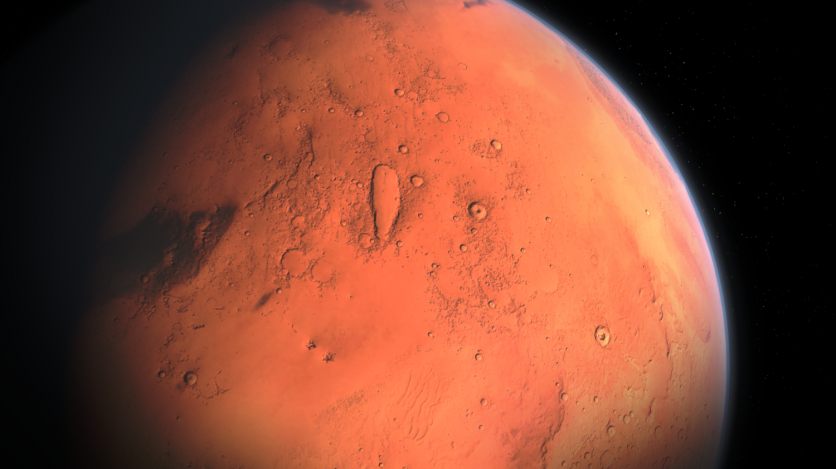A new study found that Mars is spinning faster than previous observations, and the Red Planet reportedly spins faster each year.
This information was taken from the observations made by the NASA InSight lander, with the latest study already establishing facts regarding the Red Planet's rotation.
Different elements and factors affect a planet's behavior, and this is the same for the uninhabited planet Mars, which sees a change in its rotation based on the collected data.

Mars Spin Faster Each Year, According to New Study
Researchers have published their findings via Nature's publication, stating that Mars is spinning faster each year, for as much as about 4 milliarcseconds per year² based on the data it obtained.
The study was made possible by NASA's InSight Mars lander instruments, which gather useful information about the planet.
Because of this rotational phenomenon of the Red Planet, the length of the Martian day shortens by a fraction of a millisecond per year. The study also found that Mars was shaking because of the "sloshing" of its molten metal core.
The team's findings also include "ice accumulating on the polar caps or post-glacial rebound, where landmasses rise after being buried by ice."
"What we're looking for are variations that are just a few tens of centimeters over the course of a Martian year," said the paper's lead author and RISE's principal investigator, Sebastien Le Maistre, at the Royal Observatory of Belgium. "It takes a very long time and a lot of data to accumulate before we can even see these variations."
NASA InSight Provides Details on Mars' Rotation
According to NASA's Jet Propulsion Labs, a radio transponder and antennas collectively called the Rotation and Interior Structure Experiment (RISE) from InSight's list of instruments was used in the study.
"It's really cool to be able to get this latest measurement - and so precisely," InSight's principal investigator, Bruce Banerdt of NASA's Jet Propulsion Laboratory in Southern California, said in a statement.
"I've been involved in efforts to get a geophysical station like InSight onto Mars for a long time, and results like this make all those decades of work worth it," he added.
The study examined data from InSight's first 900 Martian days. That was reportedly enough time to look for such variations.
Mars and the Massive Findings on its Probe
In December 2022, NASA's InSight lander took its last breath after using the reserve power in its final moments of activity on Mars and its last communication with the home planet.
It was also able to capture the final picture that it took of Mars, showing the reddish landscape that it last saw. However, InSight did not go away without a fight, as the lander has been pushing through the adversities of losing its power while still studying what it was tasked to do.
It looked into the Marsquakes or the Red Planet's equivalent of earthquakes that shake the lands due to activity underneath its surface.
Researchers and scientists were given a trove of information while it surveyed Mars and immediately relayed them to the world. Scientists believe Mars subtly accelerates its spin yearly due to the shift in the planet's mass.
Related Article : NASA InSight Lander Officially Retires; Here are Some Fun Facts About the Spacecraf

ⓒ 2025 TECHTIMES.com All rights reserved. Do not reproduce without permission.




